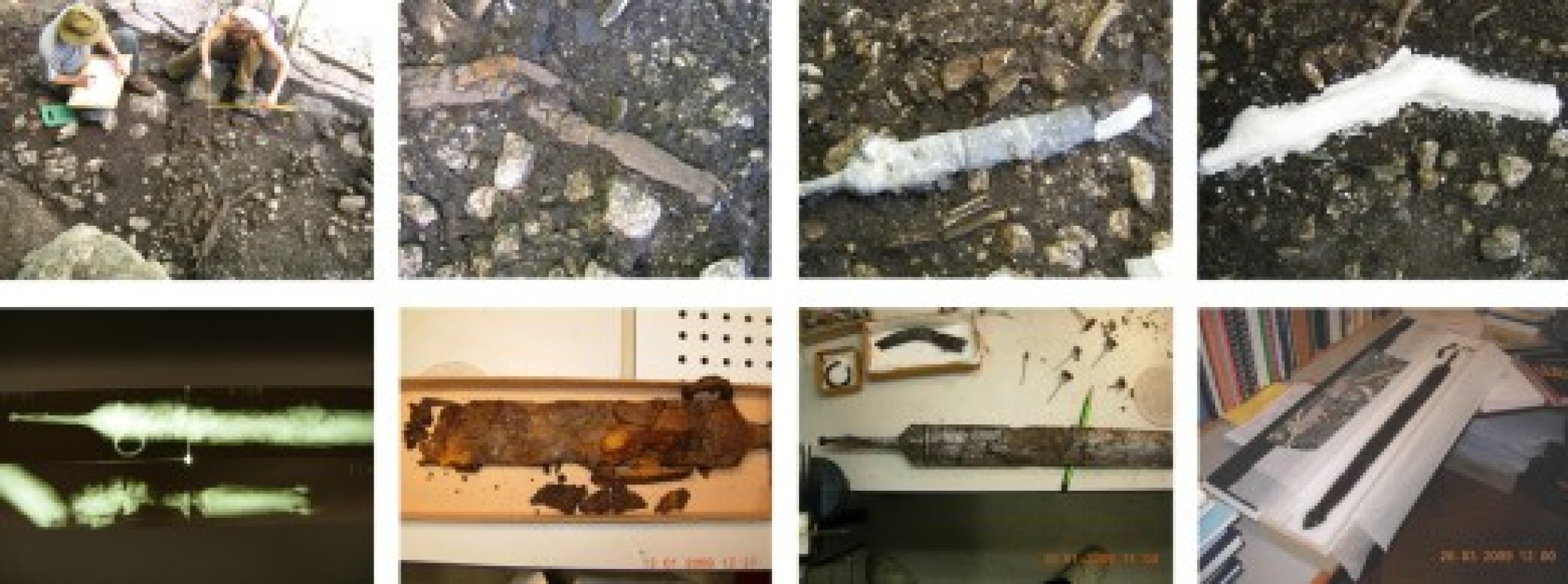
In addition to the new finds from the department's research excavations, the restorers also have to rework old finds again
and again, because the corrosion process restarts after centuries or decades. This is not necessarily due to inferior conservation
techniques of the past. Even the most modern conservation methods cannot completely stop the decay of the objects but instead
only slow it down significantly.
Re-restoring old objects is often a very interesting task. It gives the museum’s restorers an insight into the experimental
techniques used by their predecessors, who laid the foundations for today's modern conservation methods. At the same time
it is not unusual for previously unknown details to suddenly become visible thanks to the new possibilities offered by modern
techniques.


